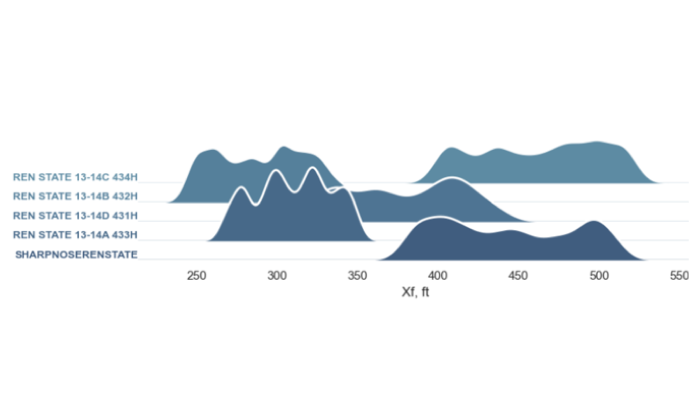
ShaleIQ
ShaleIQ™ is a physics-driven advanced forecasting solution tailored specifically for unconventional reservoirs.
Improve efficiency and reduce costs by leveraging existing simulation data to achieve the fastest physics-driven production forecasts.
Proprietary technology for type well matching
Harness the power of analytics and AI to perform type well matching, analyze parent-child well interactions, optimize well spacing and timing, and maximize asset valuation and production performance of unconventional resources.




Speedy analysis and well-density research
Experience the accuracy and robustness of physics-based numerical methods with the speed and efficiency of analytical and empirical methods. Construct physics-based type well profiles using AI to accurately and quickly predict and model well-to-well interference.
Train AI models by creating and running thousands of different simulation runs to capture the effects of physics-based parameters and phenomena like well interference and pressure depletion for quicker time to decision.
Enhance decision-making with AI models
Maximize business efficiency through informed decision-making based on readily accessible data. Efficiently access public data or customer data inputs to tune models that match historical production, predict production forecasts, and optimize well spacing, infill well density, and timing.


Benefits
- AI-based analytics that reduces data-intensive input, and quickly estimates the upside value of undeveloped drilling locations.
- Optimize well spacing and manage reservoir depletion for sustained production.
- Access quality and integrity in reserves reporting, addressing reservoir engineering challenges for unconventional reservoirs.
- Facilitate well density studies and capital deployment evaluation to maximize new well economics.
- Analyze reservoir data and fracture geometries for optimal development strategies.
- High-speed capabilities to make informed decisions quickly through rapid data analysis, maximizing infill well economic returns.
Key Features
- Assess SRV and well interactions to maximize recovery and predict realistic physics-based production profiles.
- Published and peer-backed data and various parameters to build robust and accurate models
- Min-Max Ranges from SPE Papers and parameters validated by core data from multiple operators and against publicly available data.
- Python calculations from simulation models and real-life field scenarios.
- PVT analysis discovered by industry operators and the existing CMG library.
- Run sensitivities on thousands of wells in minutes for field development optimization with high accuracy.
- Tackle challenges related to well interference and pressure depletion in unconventional resources.
How does ShaleIQ work?
Predicting primary and infill well performance has always been a critical process for unconventional assets and organizations often have to trade off accuracy for speed (or vice versa).
By constructing physics-based type well profiles using AI models trained with numerical reservoir simulations, Shale IQ improves on traditional approaches by delivering the accuracy and robustness of physics-based models in a fraction of the time.
Check out our quick video to learn more.





